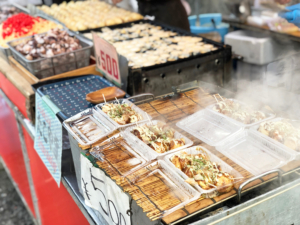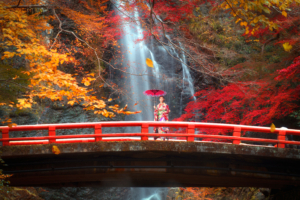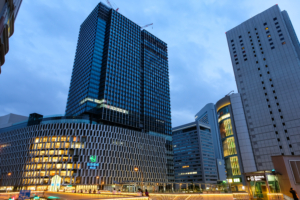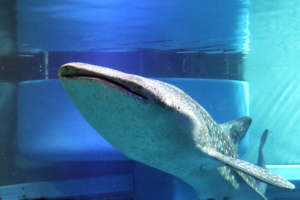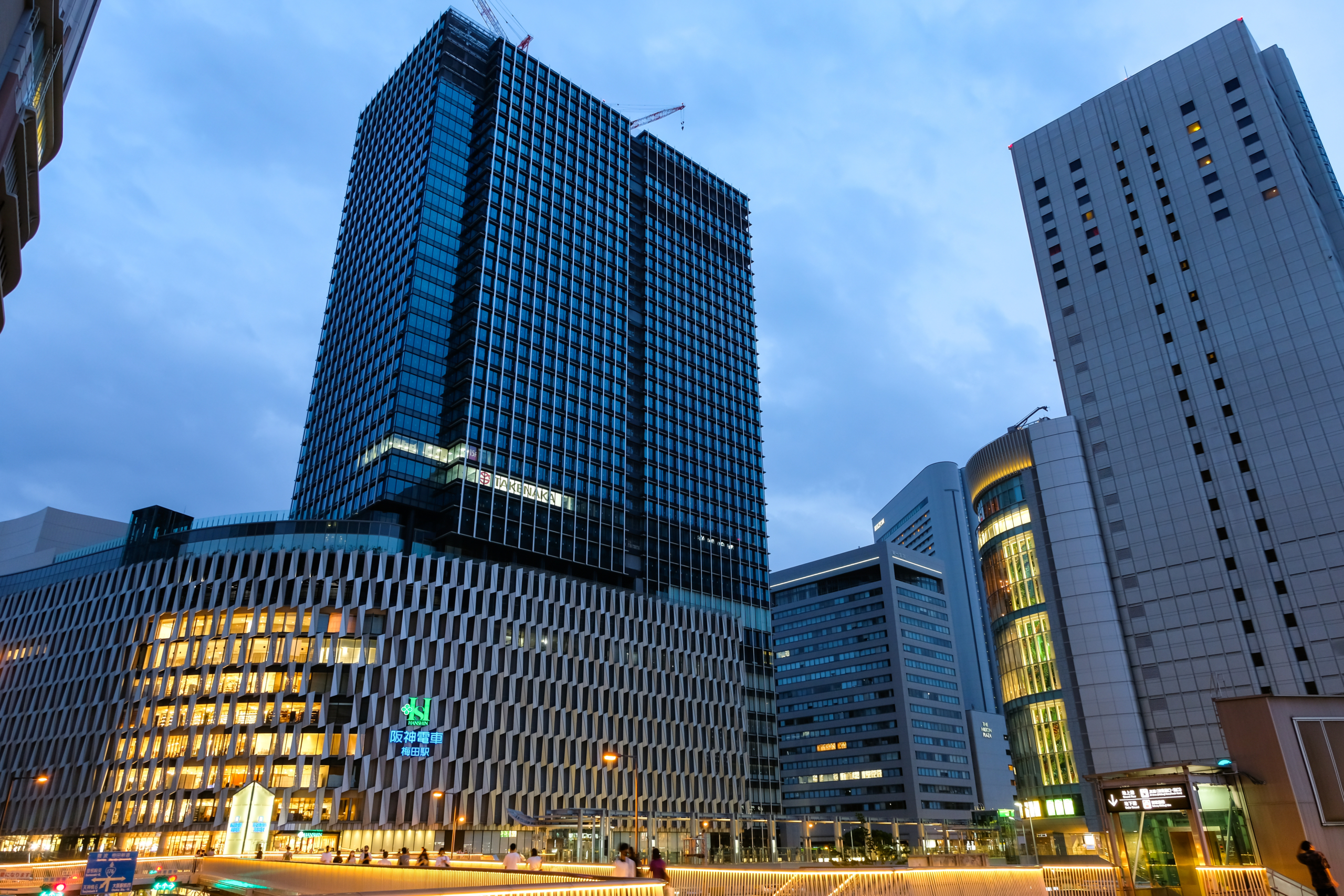About Dotonbori in Osaka
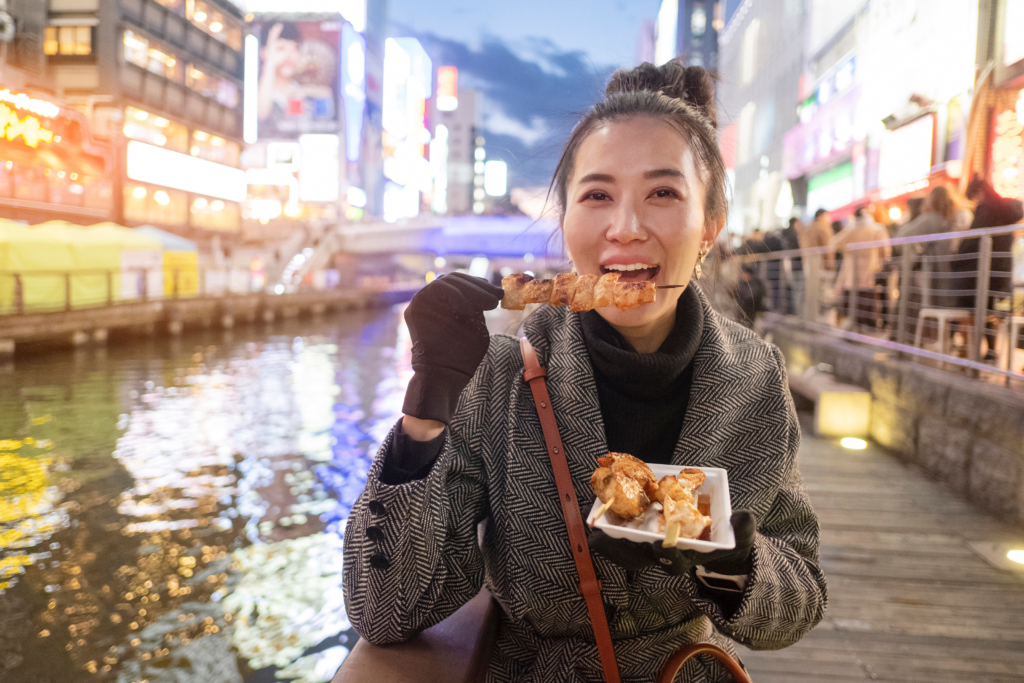
Dotonbori is a popular tourist destination located in the Chuo Ward of Osaka City, Osaka Prefecture, Japan. Known for its vibrant atmosphere, abundance of eateries, and iconic neon signs and massive billboards, Dotonbori offers a unique experience. Here are some key aspects of Dotonbori.
For Those Who Want to Experience Dotonbori’s Food, Fun, and Tours Right Now
Geography and History
- River and Canal: Dotonbori is situated along a canal of the same name, which was excavated in 1612 by the entrepreneur Doton. It subsequently developed into a commercial district.
- Historical Background: Originally flourishing as a theater district, from the Edo period to the early Showa period, it was lined with theaters and performance halls.
Tourism and Attractions
- Glico Sign: The giant neon Glico sign is a must-see landmark for visitors, symbolizing Dotonbori.
- Food Culture: The area is renowned for Osaka’s street food, including takoyaki, okonomiyaki, and kushikatsu.
- Shopping: Dotonbori is also famous as a shopping district, with numerous stores, boutiques, and souvenir shops.
Night Views
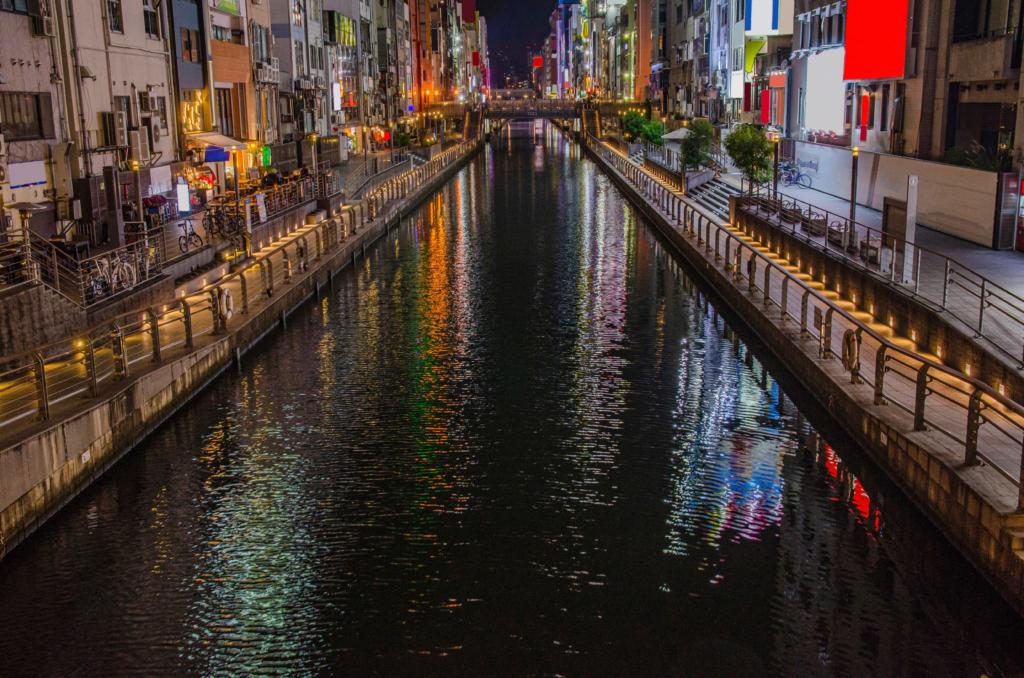
- Neon Lights: At night, the neon signs and billboards light up, creating a lively and vibrant nightscape.
Access
Accessing Dotonbori in Osaka is relatively straightforward using the city’s main modes of transportation. Here are the primary ways to get there:
Access by Train
- Namba Station (Osaka Metro):
- Served by the Midosuji, Sennichimae, and Yotsubashi lines of the Osaka Metro.
- It’s about a 5-minute walk from Namba Station to Dotonbori.
- Shinsaibashi Station (Osaka Metro):
- Served by the Midosuji and Nagahori Tsurumi-ryokuchi lines.
- Dotonbori is about a 10-minute walk from Shinsaibashi Station.
Access by Bus
- City buses running through Osaka also stop near Dotonbori. You can use the nearest bus stop to access the area.
Access on Foot
- Located in the heart of Osaka, Dotonbori is also accessible on foot from nearby areas like Umeda, Namba, and Shinsaibashi.
Events
- Festivals and Events: Various events and festivals are held throughout the year, with the Dotonbori River Festival in summer being particularly famous.
Dotonbori, with its unique culture and lively atmosphere, is an indispensable spot for many tourists visiting Osaka. Whether enjoying the local street food, shopping, or simply soaking in the ambiance, it’s a place worth visiting.
Dotonbori Glico Sign
The Glico sign in Dotonbori, Osaka, is one of the most iconic landmarks in Japan, both nationally and internationally. Its history is intertwined with the evolution of the advertising industry in Japan.
History of the Glico Sign
- Installation of the First Sign (1935):
- The Glico sign was first installed in 1935.
- It was created for the promotion of products by Ezaki Glico Co., Ltd. (now Glico).
- The original sign featured a runner crossing the finish line, a pose that became known as the “Glico Pose.”
- Removal During War and Subsequent Revival:
- The sign was temporarily removed during World War II due to metal collection orders.
- After the war, the sign was revived and has undergone several design updates over the years.
- Evolution of Design:
- The design of the Glico sign has changed multiple times over the years.
- While the initial design was relatively simple, later versions became more sophisticated and colorful.
- Transition from Neon to LED:
- Initially, the sign used neon tubes but later switched to more energy-efficient and environmentally friendly LEDs.
- The Current Sign:
- The current sign is made using advanced technology and is particularly vibrant at night.
- It is recognized not only as a symbol of Osaka but also as an icon of Japanese pop culture.
Cultural Significance
- The Glico sign has been a beloved symbol of Osaka, especially Dotonbori, for many years.
- For tourists, taking a photo in front of this sign has become a kind of ritual, marking a highlight of their visit to Osaka.
More than just an advertisement, this sign has become a part of the local identity and a cultural symbol cherished by many.
For Those Who Want to Experience Dotonbori’s Food, Fun, and Tours Right Now
Dotonbori River
The Dotonbori River, located in the Chuo Ward of Osaka City, Japan, is a canal that stands as one of Osaka’s most iconic tourist destinations. This area is renowned for its vibrant atmosphere, abundance of eateries, and its neon signs and massive billboards, making it a beloved spot among many tourists. Here are the key highlights of the Dotonbori River from a tourism perspective:
Attractions of the Dotonbori River
- Historical Background:
- The Dotonbori River was excavated in 1612 by the entrepreneur Doton.
- It originally thrived as a theater district, with numerous theaters and performance halls from the Edo period to the early Showa period.
- Food Culture:
- Dotonbori is also famous as a symbol of Osaka’s food culture.
- Visitors can enjoy iconic Osaka street foods like takoyaki, okonomiyaki, and kushikatsu.
- Neon Signs and Billboards:
- Along the river, there are many neon signs, including the famous Glico sign.
- These neon lights create a lively nightscape, especially after dark.
- Riverside Walks:
- Walking along the Dotonbori River allows visitors to immerse themselves in the energy of Osaka.
- The riverside is lined with a variety of shops and restaurants, perfect for shopping and snacking.
- Cruise Experience:
- The river offers cruises that provide a tour of the canal.
- These cruises offer a different perspective of the scenery and a chance to learn about Osaka’s history.
Access
- The Dotonbori River is easily accessible from major railway lines in Osaka.
- It is within walking distance from Namba and Shinsaibashi stations.
Events
- Various events and festivals are held throughout the year along the Dotonbori River.
- The Dotonbori River Festival in summer is particularly popular among locals and tourists.
The Dotonbori River, with its unique culture and vibrant atmosphere, is an essential spot for many tourists visiting Osaka. Whether it’s enjoying street food, shopping, or viewing the city from a cruise, there are various ways to enjoy this lively area.
Osaka Private Tour: From Historic Tenma To Dōtonbori’s Pop Culture – 8 Hours
Tourism and Attractions in Dotonbori
Osaka’s Dotonbori is a bustling tourist destination known for its vibrant atmosphere and diverse attractions. Here are some key spots to visit in Dotonbori.
1. Glico Sign
- An iconic landmark in Dotonbori, perfect for memorable photos during your visit to Osaka.
2. Dotonbori River Cruise
- A wonderful way to enjoy the scenic views along the Dotonbori Canal.
3. Kuidaore Taro
- A famous figure in Dotonbori, popular for photo opportunities.
4. Ebisu Bridge
- A bridge over the Dotonbori River, offering beautiful views along with the surrounding neon signs.
5. Dotonbori Shopping Street
- A lively shopping area with a variety of shops, restaurants, and souvenir stores.
6. Street Food
- Ideal for enjoying Osaka’s street food like takoyaki, okonomiyaki, and kushikatsu.
7. Namba Grand Kagetsu (NGK)
- A theater famous for comedy shows, offering a taste of Japan’s comedy culture.
8. Shinsaibashi-suji Shopping Street
- A long, arcade-style shopping street located close to Dotonbori.
9. Kuromon Market
- A market dealing in fresh seafood and local ingredients, perfect for snacking and shopping.
10. Amerikamura
- A unique cultural spot with youth-oriented fashion, cafes, and bars.
These spots offer a fantastic array of experiences in Dotonbori, Osaka, from food culture and shopping to entertainment. There’s something for everyone to enjoy.
